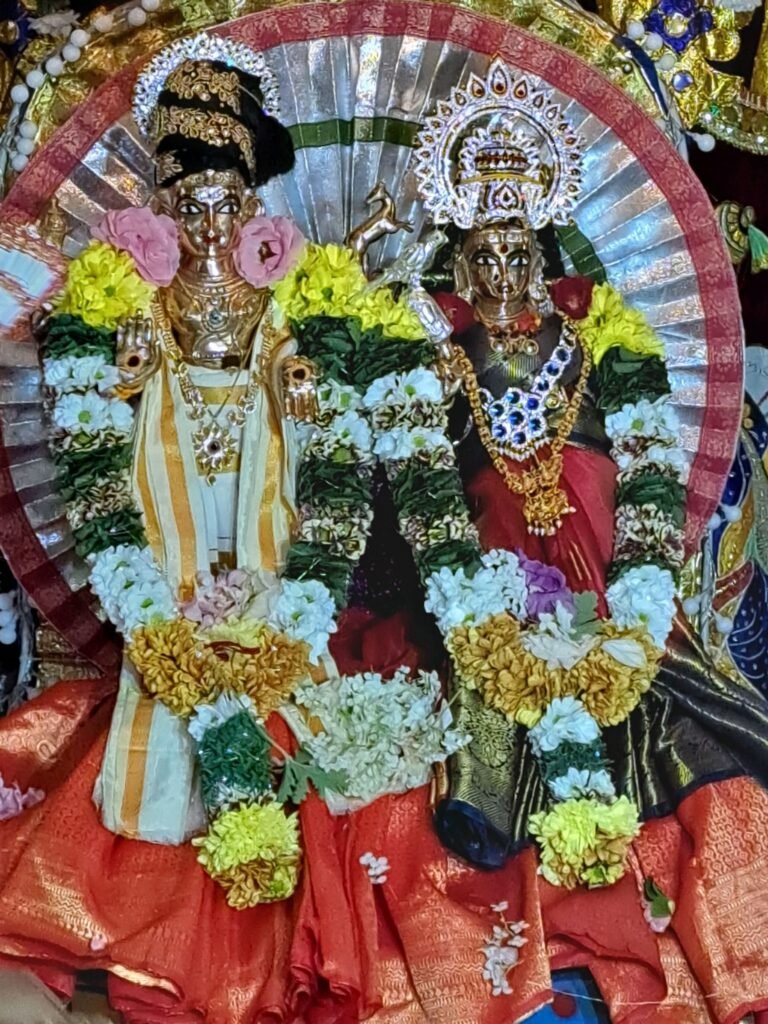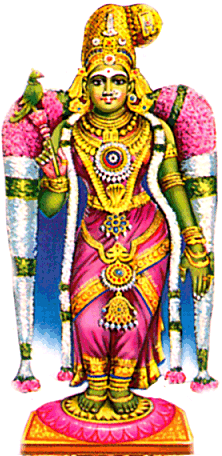
Gowri Vratham, also known as Kedar Gowri Vratham or Kethara Gowri Vratham, is a devout Hindu ritual, primarily observed by women, to worship Goddess Parvati (Gowri) and Lord Shiva (Kedara) for divine blessings, marital bliss, and prosperity. The ritual is performed by fasting, offering prayers, and adhering to specific rituals, often on the Amavasya (new moon day) coinciding with Diwali or on other specified lunar days in the Kartika or Ashwin months. The festival symbolizes the devotion of Goddess Parvati and her path to uniting with Lord Shiva, and its observance is believed to grant a harmonious family life and fulfill wishes.
Key Aspects of Gowri Vratham
Devotion to Goddess Parvati and Lord Shiva: The primary focus is on Goddess Gauri (Parvati) and her devotion to Lord Shiva, also revered as Kedar.
Purpose and Benefits: Devotees observe the ritual to attain marital bliss, prosperity, well-being, and spiritual fulfillment.
Timing: The Vratham is observed on various auspicious days, often on the new moon (Amavasya) in the month of Kartika, which coincides with Diwali, or on other specific lunar days in Ashwin or Kartika.
Rituals:
Fasting: Devotees observe a fast, typically consuming only fruits and nuts, and break it after sunset with a vegetarian meal, often including rice.
Prayer and Offerings: Daily prayers and offerings are made to Lord Shiva and Goddess Gauri.
Duration: The fast or ritual may be observed for 21 days, or for any odd number of days, depending on the devotee’s convenience.
Mythological Context: The ritual is linked to the myth of Goddess Parvati performing this Vratham to unite with Lord Shiva, showcasing her devotion.
Regional Variations: While the essence is similar, the observance and rituals can vary across different regions in India, especially between South India and other parts.
